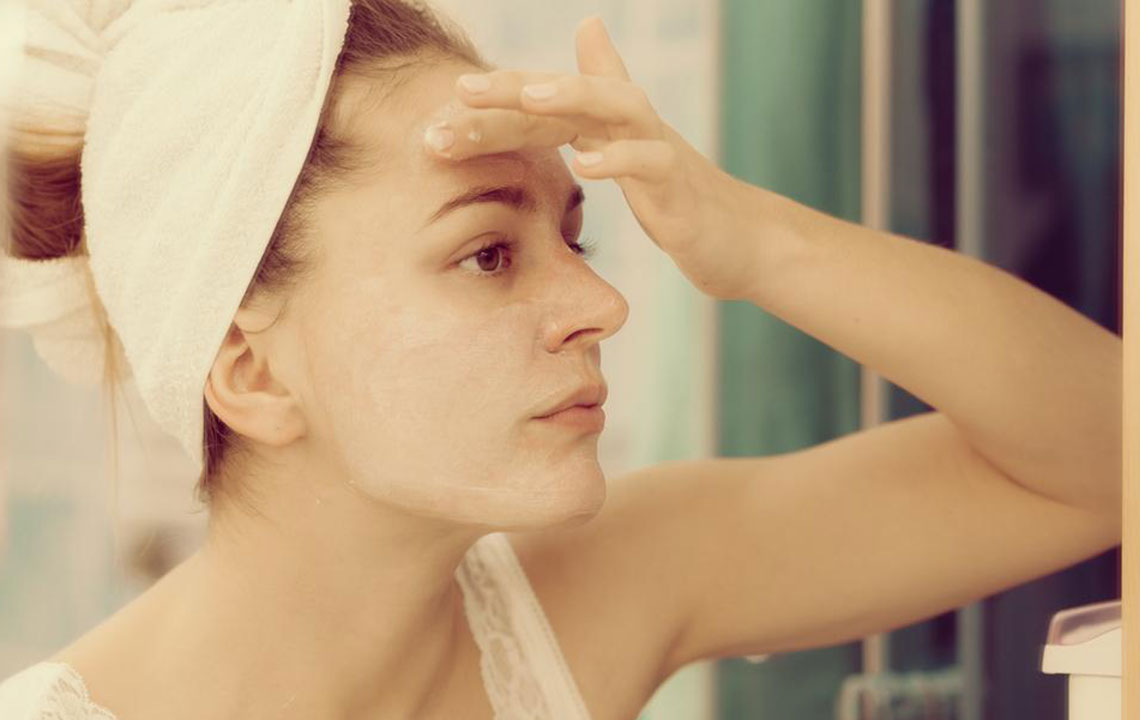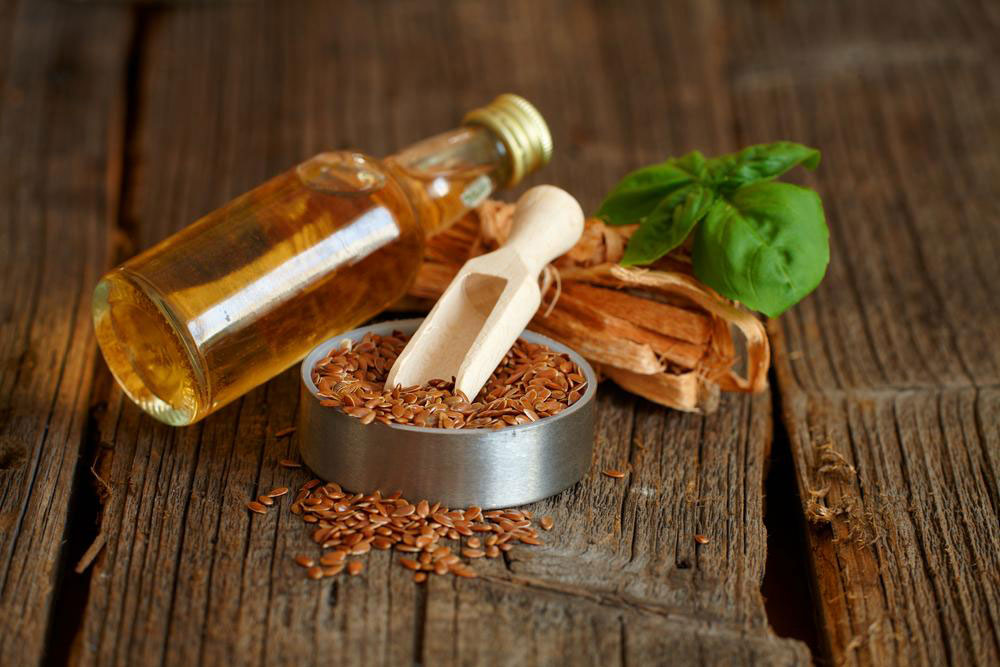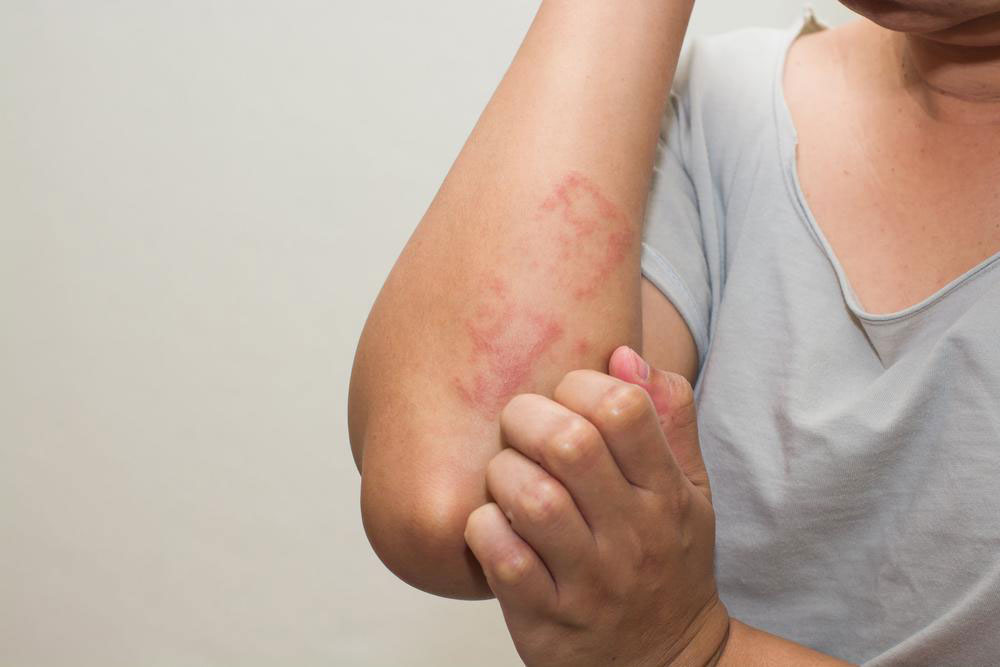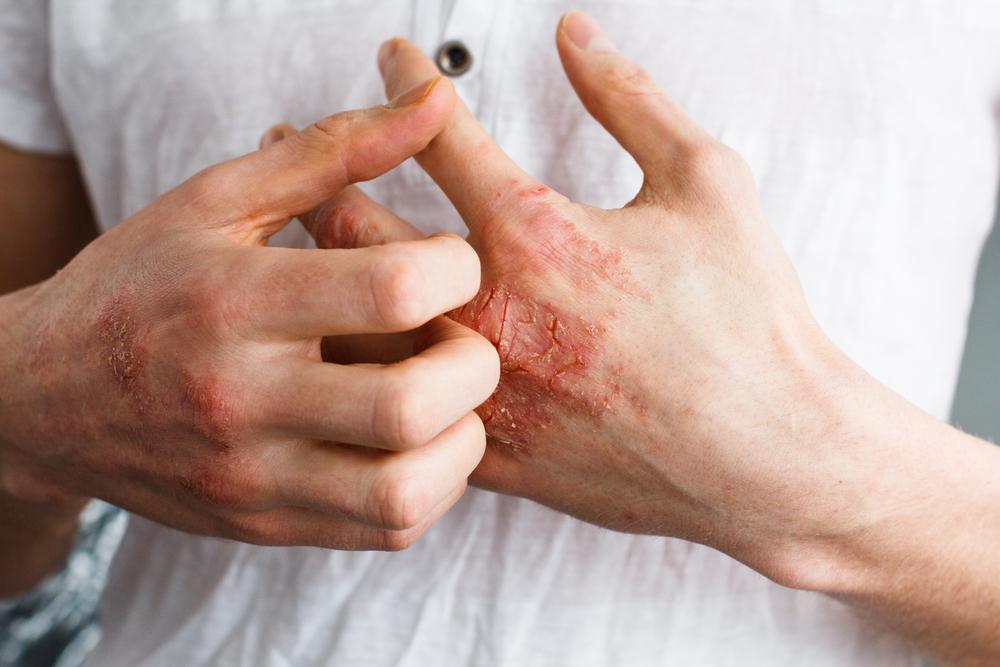Top Strategies and Products for Managing Eczema with Effective Moisturizers
Discover comprehensive strategies for managing eczema effectively with top-rated moisturizers. Learn about key ingredients like ceramides and petrolatum, application techniques, and best practices to soothe inflammation, prevent flare-ups, and promote healthier skin. This detailed guide provides valuable tips and product insights to improve skin comfort and overall quality of life for eczema sufferers.

Understanding How Moisturizing Creams Help Relieve Eczema Symptoms
Maintaining proper skin hydration is fundamental for overall skin health, helping to prevent signs of dullness, premature aging, and irritation. For individuals suffering from eczema, moisturizing is not just about hydration; it's a critical component of managing flare-ups, reducing discomfort, and accelerating skin repair. Eczema, a chronic inflammatory skin condition, manifests through symptoms such as intense itching, redness, dryness, and sometimes blistering, making targeted skin care essential.
Daily moisturizing routines are especially important for eczema-prone skin because they help restore the skin's natural barrier, decrease permeability, and protect against external irritants. Proper moisturizers can soothe inflamed areas, diminish itchiness, and prevent the cycle of scratching that exacerbates skin damage. Understanding which ingredients and application techniques are most effective can significantly improve quality of life for eczema sufferers.
Eczema mainly appears as two primary types: atopic dermatitis and contact dermatitis. Atopic eczema is often linked to genetic predisposition and internal immune responses, leading to recurrent, widespread skin inflammation that can affect various parts of the body. Contact eczema, on the other hand, results from external triggers such as harsh chemicals, allergens, or irritants coming into contact with skin. Both types require specialized skin care routines, including the use of effective moisturizing creams that help manage and reduce inflammation.
Crucial ingredients to look for in eczema moisturizers
Ceramides: Recent skincare innovations have highlighted ceramides as essential for restoring and maintaining the skin’s barrier function. Naturally occurring lipids, ceramides help replenish the skin’s moisture barrier, preventing transepidermal water loss and protecting against environmental triggers that could worsen eczema symptoms. Investing in ceramide-rich creams often results in noticeable improvements in skin resilience and comfort, making them a preferred choice for long-term management.
Petrolatum: Known for its affordability and remarkable efficacy, petrolatum creates a semi-occlusive protective layer that seals in moisture and shields inflamed skin from external irritants. This ingredient is particularly effective for acute flare-ups and severely dry skin, providing quick soothing relief. Many over-the-counter eczema treatments contain petrolatum because of its proven ability to promote healing and comfort.
Tips for applying eczema moisturizers efficiently
Effective application involves spreading the moisturizer evenly over affected areas without vigorous rubbing, which can cause further irritation. Gentle, outward strokes help promote better absorption and reduce discomfort. It’s important to use the right amount—a thin, even layer is typically sufficient; overapplication might trap sweat or debris and cause additional issues. The optimal time to apply moisturizer is immediately after bathing when the skin is slightly damp, locking in maximum hydration.
How often to reapply
Reapplication should be based on the skin’s needs and severity of symptoms. In general, reapply moisturizing creams at least two to three times daily, especially during flare-ups, to keep inflammation under control and minimize the risk of new outbreaks. Prompt treatment of irritation at its early stages is crucial for preventing escalation and reducing the duration of flare-ups.
Best practices for using eczema creams
Always follow your dermatologists' instructions when using prescribed medications or specialized treatments.
Apply moisturizer within two to three minutes after bathing to trap in water and enhance healing.
Nighttime application can aid overnight repair and regeneration of damaged skin.
Choose fragrance-free, dye-free formulations to prevent additional irritation.
Use a clean utensil, like a spatula, instead of fingers to scoop out products, maintaining hygiene and avoiding contamination.
Wash hands thoroughly after application to prevent spreading irritation or bacteria.
While eczema can impact self-confidence and daily comfort, consistent and correct use of suitable moisturizers plays a vital role in managing symptoms, preventing flare-ups, and promoting healthier, smoother skin. A proactive skincare routine tailored to individual needs can transform living with eczema from a daily struggle to a manageable condition.





